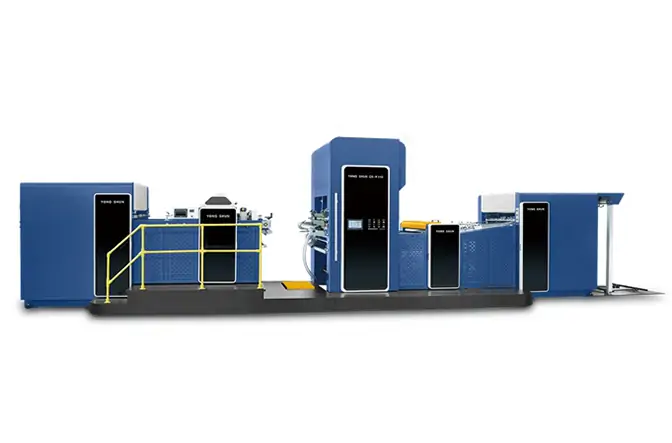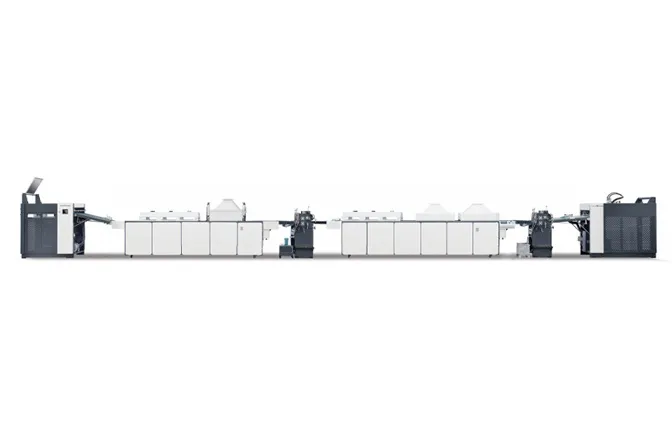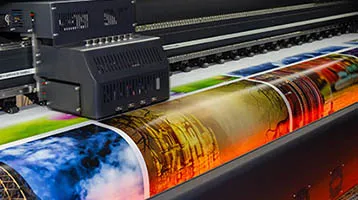Most standard paper cups cannot be safely microwaved due to their polyethylene lining and structural limitations. However, specially designed microwave-safe paper cups meeting FDA/ISO standards can withstand limited microwave use when properly certified.
1.1 Critical Material Limitations
Standard paper cups present three microwave hazards:
PE lining melting point: 105-115°C (221-239°F) - exceeds safe microwave temperatures
Adhesive failure: Standard glues degrade at ≥85°C (185°F)
Ink migration: Non-food-grade pigments may contaminate contents
1.2 Industrial Impact on Packaging Lines
These failures create operational risks for automated systems:
PE contamination in laminating rollers (requires 2-3x cleaning cycles)
Cup deformation jamming conveyor mechanisms (7-12% downtime increase)
Adhesive residues shortening die-cutter lifespan by 15-20%
2.1 Compliant Cup Specifications
For trouble-free microwave processing in packaging operations:
| Feature | Requirement | Testing Standard |
|---|---|---|
| Lining | PLA or FDA-approved PE | ASTM D6868 |
| Structure | Dual-wall construction | ISO 16495-2018 |
| Glue | Heat-stable ≤120°C | EN 1186-14 |
2.2 Production Line Modifications
When handling microwave-safe cups:
Temperature control: Maintain feed zone at 30-35°C (86-95°F)
Sensor upgrades: Install IR thermography (8-14μm range)
Waste reduction: Expect 5-7% lower rejection rates vs standard cups
3.1 Cost-Benefit Analysis
| Factor | Standard Cups | Microwave-Safe |
|---|---|---|
| Unit Cost | $0.02-0.05 | $0.07-0.12 |
| Machine Downtime | 8 hrs/month | 1.5 hrs/month |
| Laminator Maintenance | $3,200/year | $1,100/year |
The next generation includes:
Ceramic-coated cups (withstands 150°C/302°F)
Self-limiting PE films (auto-regulate at 110°C/230°F)
Edible barriers (seaweed-based laminates)
While most paper cups aren't microwave-safe, certified alternatives exist that optimize both food safety and packaging efficiency. Always verify compliance through third-party testing before full production implementation.
The journey toward sustainable paper cups reflects how far material science and industrial tech have come. With innovations like PLA coatings and water-based barriers replacing traditional plastics, the industry is proving that functionality and sustainability can go hand in hand. At the heart of this shift are next-gen Intelligent Film Laminating Machines—smarter, greener, and paving the way for a truly plastic-free future.




GET A QUOTE